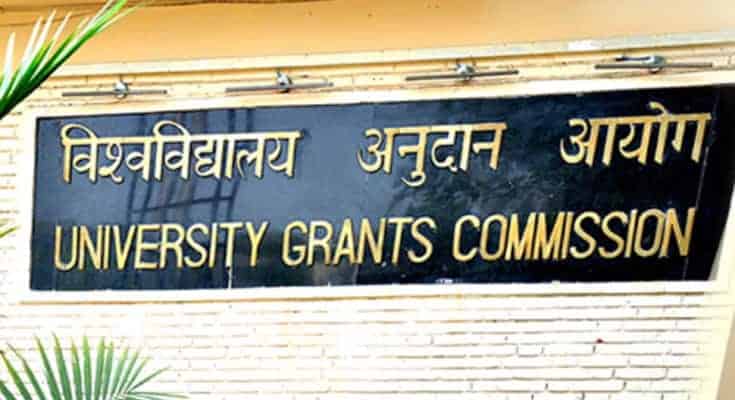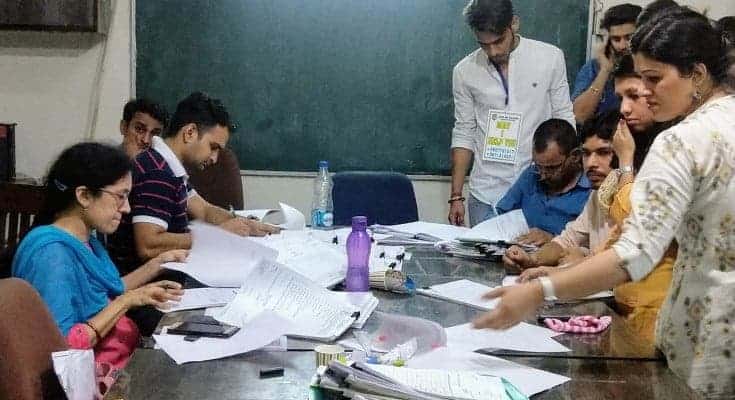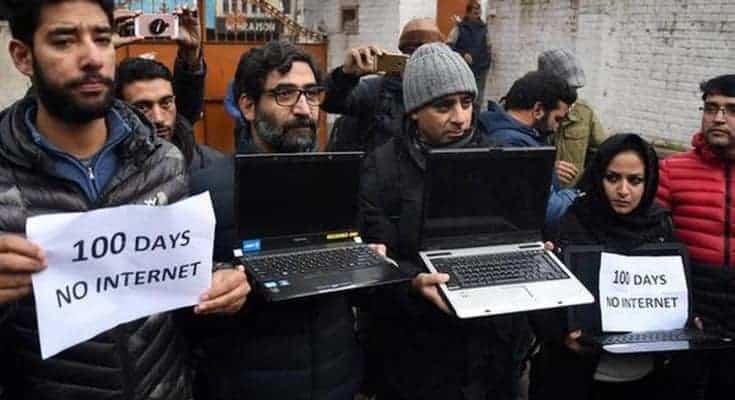COVID-19 pandemic forces cancellation of sporting events across the world, leaving umpteen ongoing and scheduled tournaments in the lurch.
ICC World Cup 2011 highlights. Vivo Indian Premiere League (IPL) Final 2016 highlights. French Open 2017 highlights. English Premier League 2014-15 highlights. As I shift to and sift through the sports channels on the idiot box looking for some respite from the gloomy COVID-19 coverage, the pandemic still doesn’t fail to make its presence felt. With the postponement of all ongoing sports events, sports broadcasters have nothing to broadcast “live”, and have instead been forced to delve deep into their archives, repeatedly broadcasting recordings and highlights of past tournaments and matches on their channels.
Disseminating rapidly across countries and continents at breakneck speed, and causing thousands of deaths, the 2019 coronavirus pandemic, also known as COVID-19, has brought the globe to a standstill. To limit further damage, there has been a worldwide call for social distancing measures. With sporting events attracting thousands of spectators, and also involving repeated physical contact between participants, their postponement was imminent and necessary.
This coronavirus-induced sports ban claimed its most high-profile “casualty” when the International Olympic Committee announced the postponement of the much-awaited 2020 Tokyo Olympics until 2021. The magnitude of this decision can be gauged by the fact that the Olympics have never once been postponed in history since its modern inception in 1896, though the Games were cancelled in 1916, 1940 and 1944 owing to World War I and II. The postponement shall undoubtedly lead to multifarious organisational, logistical and financial hurdles for the organisers while also complicating the situation for athletes who’d been training hard for months for their events. Though before the decision, in an online poll conducted by The Athletics Association labour group, involving over 4000 track and field athletes, 78 percent voted in favour of postponement of the Games.
Football has been badly affected, with all national leagues like the English Premier League and Bundesliga, regional tournaments like the UEFA Champions League and AFC Champions League, and international tournaments like the Euro 2020 and Copa America 2020 being postponed. Until a few weeks ago, matches were still being held, albeit in empty stadiums, but as the disease began to spread swiftly, total postponement turned unavoidable. “I miss live football so much that now I have started watching simulation games on FIFA 20”, laments Akshat Jha, a football fan and a law student, referring to the FIFA 20 video game.
Apart from the agony faced by fans, the football ban has been a cause of great financial concern for clubs and players, since a large chunk of the clubs’ revenue is earned through stadium tickets and television broadcasts of their matches. Several clubs have announced pay cuts. Even rich clubs like Barcelona and Juventus have been forced to announce reductions in salary for their players and staff. FIFA reportedly plans to create an emergency fund for clubs facing a monetary crisis.
The Association of Tennis Professionals (ATP), the global governing body for tennis has suspended the men’s and women’s tennis calendars until June 7, thus leading to the cancelling or postponing of several ATP and WTA tournaments. The historic French Open scheduled to be held in May has been postponed to September while the Grand Slam which comes after it, the Wimbledon, also faces an extremely high probability of being cancelled.
While cricket didn’t have any major international tournaments in the next few months, many bilateral series scheduled to be held in the next two months had to be postponed. The last two remaining ODI matches of the series between India and South Africa, which were earlier planned to be held behind closed doors were ultimately postponed indefinitely. The 2020 edition of the Indian Premier League (IPL) which was scheduled to start in March was postponed until April 15, with a high chance of it being postponed further, or even cancelled.
Motor racing events have also been affected, with all Formula 1, IndyCar, NASCAR and MotoGP races being postponed. The Formula 1 calendar was scheduled to start with the Australian Grand Prix, but the race had to be cancelled only a few days before its commencement after a member of the Mclaren racing team tested positive for the disease. Subsequently, 5 Grand Prix races have been postponed while the Monaco Grand Prix was cancelled. The Formula 1 calendar is scheduled to commence in July while MotoGP has set the date as early as May 3.
Four of the biggest sporting leagues in the United States of America, involving four different sports, the National Football League (NFL), Major League Baseball (MLB), National Basketball Association (NBA) and the National Hockey League (NHL), all having a global fan base, have been suspended. The NBA suspended its matches from March 12 after two Utah Jazz players, Donovan Mitchell and Rudy Gobert tested positive for the disease. Celebrity NBA player Kevin Durant also tested positive for the disease. “Everyone is careful, take care of yourself and quarantine, we are going to get through this.”, Durant said in a public statement. The NBA was criticised for having waited too long to suspend their calendar, which has resulted in it having the most number of coronavirus positive players out of the four leagues.
Other major events which faced the brunt of the pandemic and had to be postponed include the Thomas and Uber Cup finals for badminton, the World Snooker Championships, the iconic London and Boston marathons, the World Table Tennis Championships, the Arctic Winter Games and the ISSF Shooting World Cup amongst others. Such a widespread curtailment of global sports has never occurred in the last few decades since World War II.
“The ramifications of cancelling or postponing play are wide-ranging, from mundane considerations about the competition to potentially serious financial consequences for athletes, teams, leagues and organizations, and the tens of thousands of people who work at sporting events,” wrote New York Times.
With the pandemic still going strong in many parts of the world, it is not yet possible to specifically ascertain the day that sporting events shall commence. Even if the pandemic is put under control, it might take several months before sporting events are given the green signal. Nevertheless, the world has come together to combat the disease, especially doctors and nurses, and the show shall certainly commence someday.
Featured Image Credits: Al Jazeera
Araba Kongbam
[email protected]






